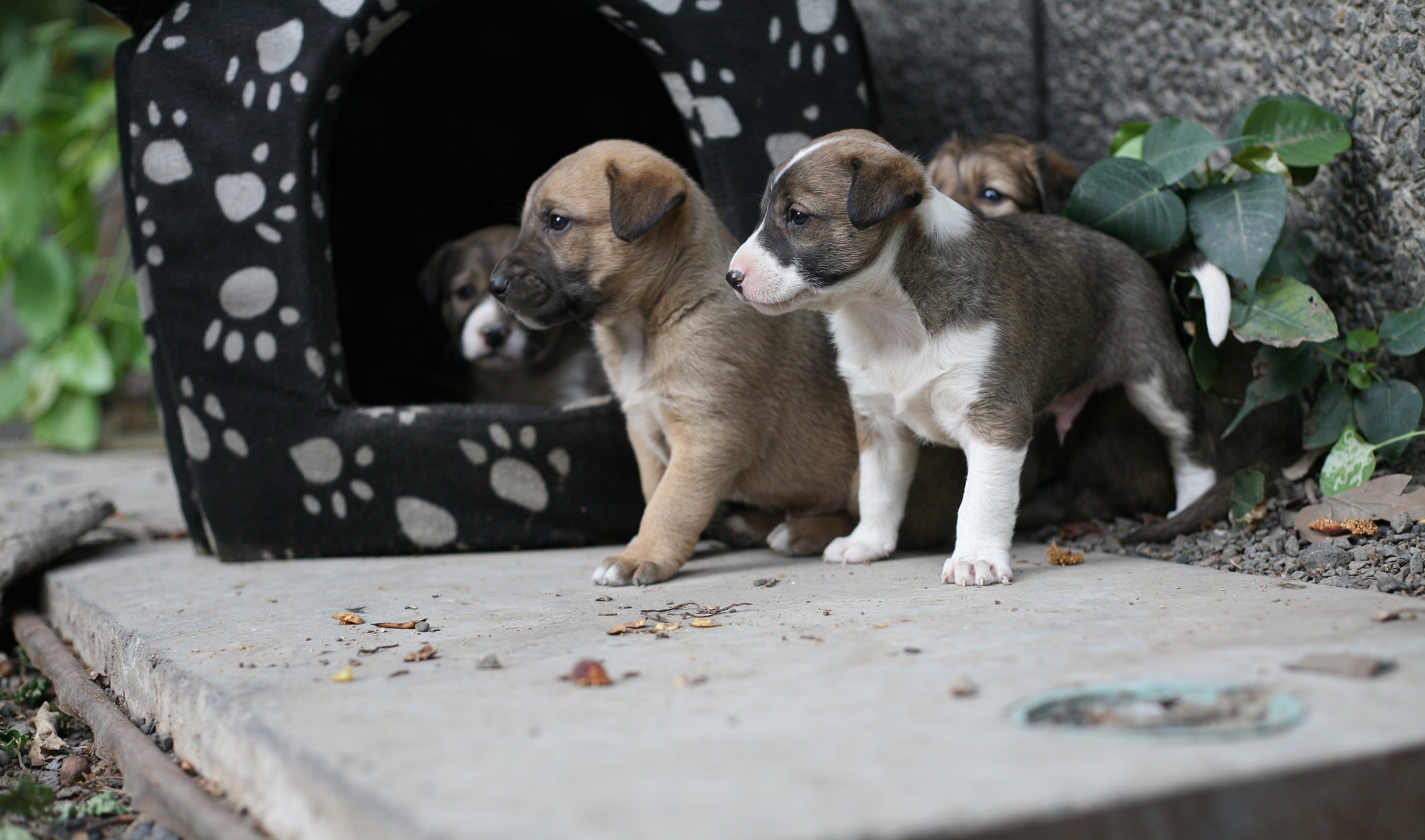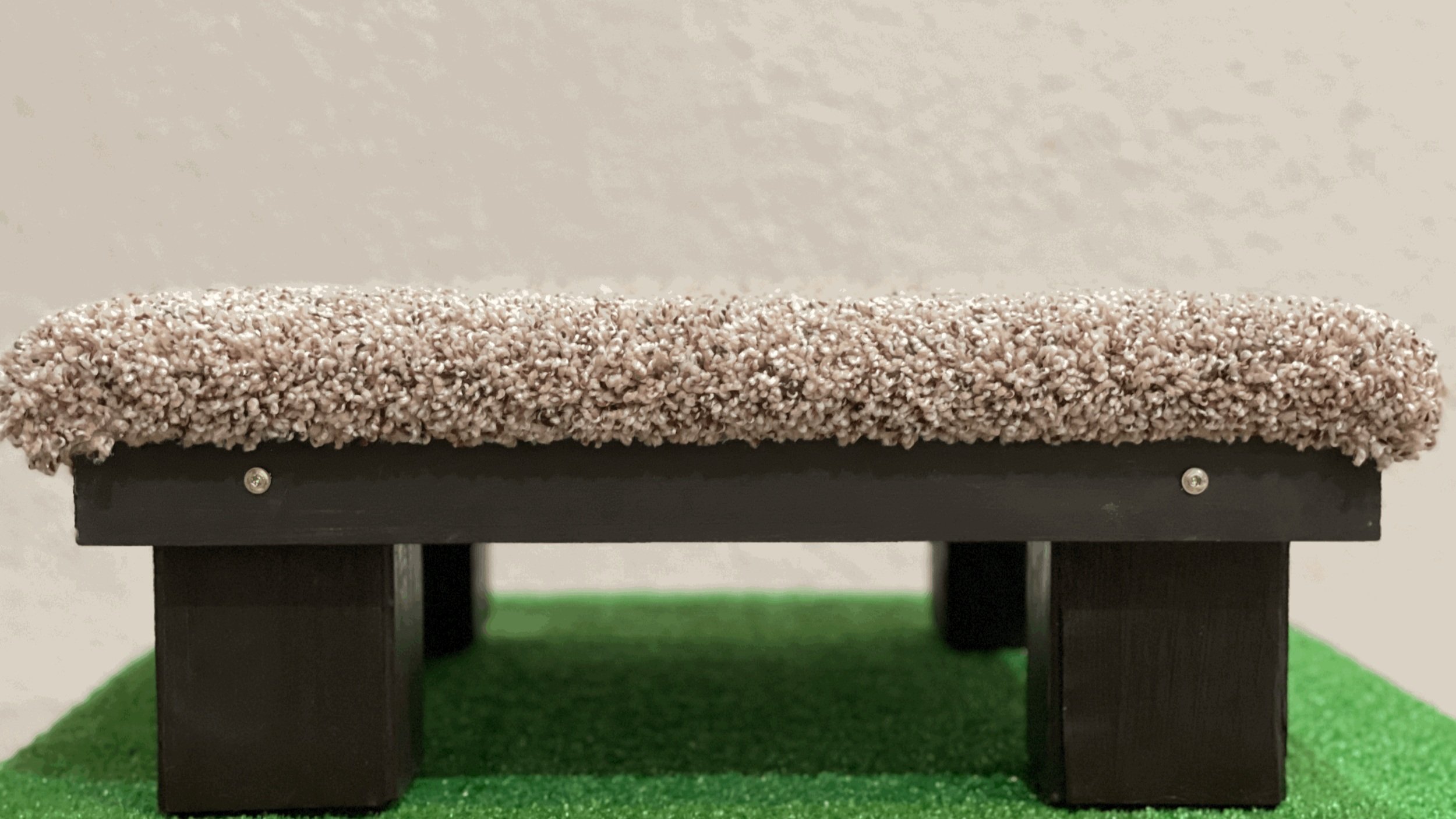Dogs Are Den Creatures
When a dam (female dog) is going to give birth, she’ll locate an area known as a den. The den is usually a tight area looked at as if a hiding place. It could be a hole in the side of a mountain, a deep hole underneath the side of the house, under the bed, etc. An environment where the dam feels her cubs are safe, hidden away from potential threats.
In the early 1990’s while under the mentorship of Omar V. Muller, I was introduced to the MARK, which at the time, was a platform measuring approximately 18” by 18” in diameter; and it was several inches off the floor as well.
When introduced to me, it was a training prop that was used to keep the dog in a specific spot (MARK) for pictures, movie stunts, etc. Thus, it was to teach the dog to perform far enough from the trainer, independently, to avoid interference, while the dog was in its studio duties. Though the initial MARK was 18” by 18” in diameter, it was intended to be minimized until the dog understood that it needed to perform on the one-inch piece of tape, that would eventually replace the platform, thus the MARK on the floor. Though this was its initial usage, I evolved its purpose, as I found my clientele’s needs and desires to differ from the needs of a studio set.
The typical concerns many dog owners shared were keeping their dog confined to a crate for many hours at a time; and or the dog running around the house destroying things. Realizing that convictions should be determined after three or so successful tries, I began trying a theory, altering the usage of the MARK as introduced to me.
Thus, I decided to teach the dog to remain on the MARK, as if confined to a cage, yet loosed from any actual element like a door or chain tethering the dog by force. To achieve such success, I had to then teach the dog that anticipation and initiation wasn’t allowed. The benefits of eliminating such was needed because dogs coming from a pack system, requires a ranking order; thus, the initiator of most systems determine the direction the pack moves.
Dogs don’t understand or comprehend that we work away from home so to pay rent, mortgages, bills, etc. Thus, implementing the MARK was a means of controlling the dog within the confines of its nature; as a den-environment creature, facilitating a den environment means inevitable success.
As for the place command, which seems similar in principle, remains distinct primarily in eliminating anticipation or initiation. Traditionally, the place command was teaching the dog to remain in a designated location, like on a floor mat. Because the mat is flat on the ground, as the dog lays on it, movement such as stretching, rolling, or similar acts cause the dog to touch the floor the mat is on; thus, encouraging anticipation or initiation, which is not encouraged when encouraging a dog to remain under your control when it was bred to lead its own pack. Be careful the inch you ignore may turn into the foot you’ll regret.
In conclusion, the elevation of the MARK, averaging about a foot of the ground, allows the dogs paws to hang off the edge without it ever touching the floor beneath. A well-trained dog will not anticipate or initiate when the Alpha or Beta are present; it’ll wait for the direction of their pack leader, you.


